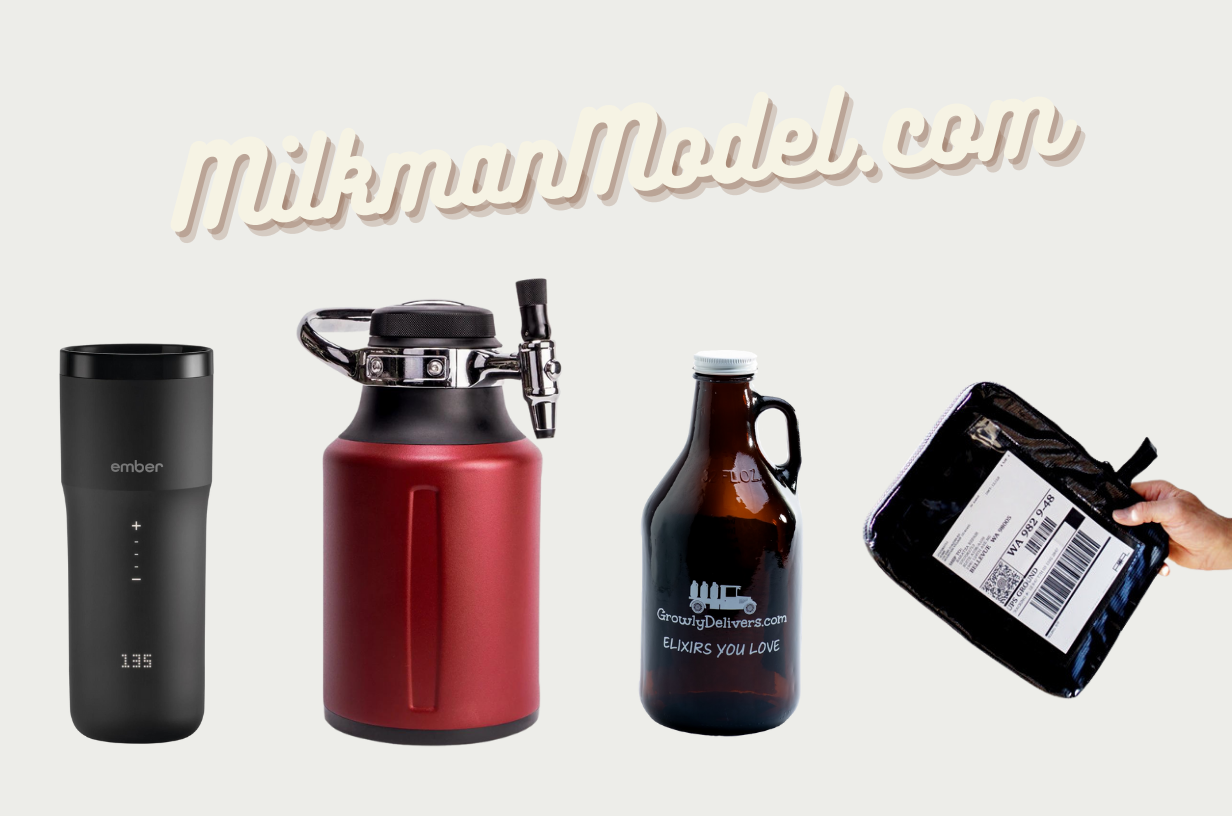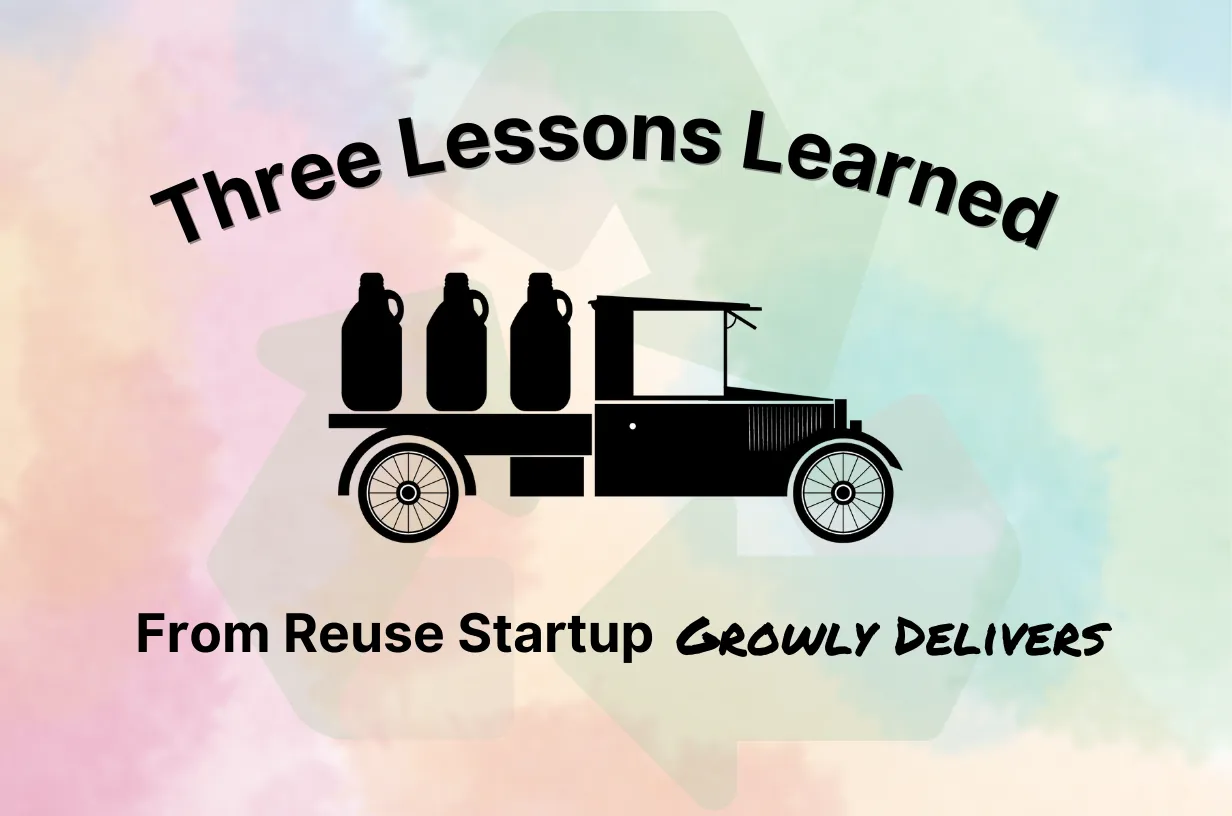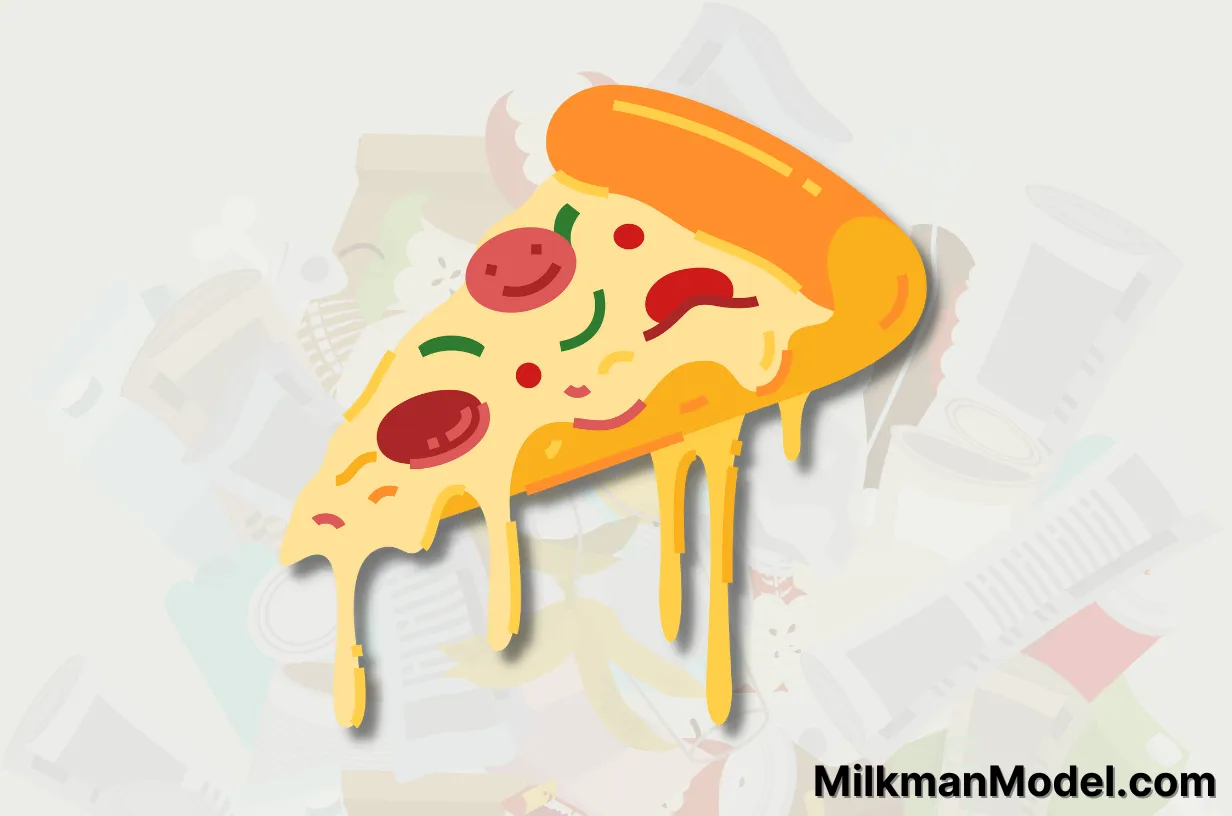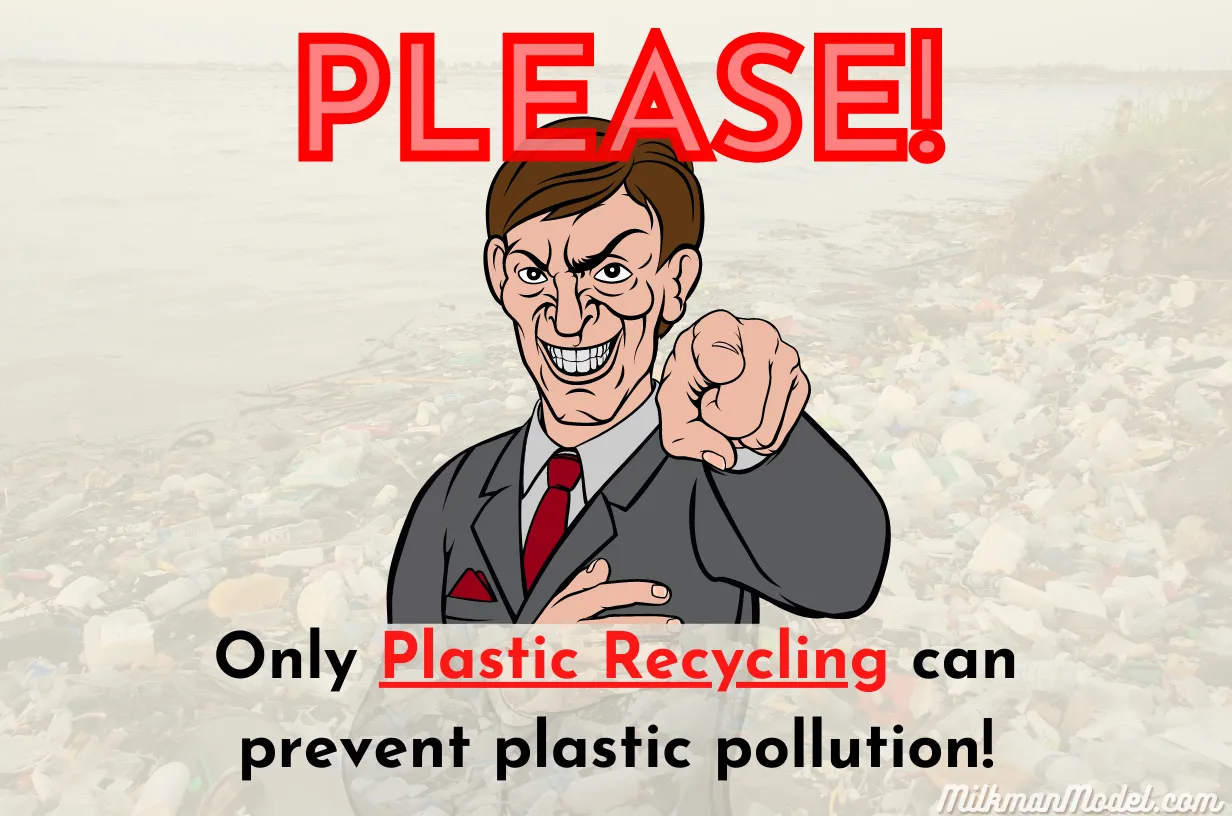Reusable Packaging Can Elevate the Customer Experience in Ways Single-Use Cannot
The benefits of single-use over reusable products made sense in 1934 when a glass vessel was the only reusable option. But, modern technology offers more benefits than just glass.

My phone can’t function without electricity and I can’t function without breakfast, preferably a hot one. I walk into Black Seed Bagels and order a ham, egg, and cheese. I’d like to eat this bagel right out of the oven but dine-in is not allowed to due COVID (understandable). The bagel artisan wraps my breakfast in wax paper and puts it in a brown paper bag. These weak defenses stand no chance against the frigid winter temperatures of New York City. Two blocks and one elevator ride later, warmth is only a distant memory for my bagel.
In the end, I paid $15 for a lukewarm bagel. Would I have paid an extra dollar for my bagel to be packaged in an insulated steel container? Absolutely. It would have definitely been worth another dollar to make my breakfast experience more satisfying.
My poorly packaged bagel is an example of the customer experience suffering due to low quality, single-use packaging. The handmade salted bagel was delicious but my experience suffered because the packaging had no insulation. The paper bag was designed to hold items for a short period and then be discarded (and hopefully recycled). How many quality bagels, products, and goods have suffered a similar fate? Is low-quality, single-use packaging still the best experience for consumers? It’s clear it isn’t for the planet.
What do the iPhone, Model-T, and the single-use paper milk carton all have in common? They all created a better experience for consumers, profit for their companies, and a vast improvement over the previous technology. The iPhone made tactile phone buttons obsolete, the Model-T retired the horse and carriage, and the paper carton eliminated the hassle of reusable glass bottles for milk.
In the 1930s, the paper carton seemed like a win-win solution. It offered a canvas for branding, increased shelf-life, and was readily available at the supermarket (a novelty itself). Why would customers pay for the milkman to deliver milk to their homes if they were headed to the grocery store anyway? Milk processing companies no longer had to clean dirty containers, and grocery stores no longer had to deal with smelly empty bottles. By 1976, 98% of all packaged milk came in single-use containers.
The benefits of single-use over reusable products made sense in 1934 when a glass vessel was the only reusable option. But, modern technology offers more benefits than just glass.
I had a hypothesis: customers will pay more for packaging that elevates their experience. This theory led to my cofounding Growly Delivers, a milkman-style delivery service of craft beer in Phoenix, AZ.
Growlers are great if you want to access all the unique beers on the menu at local breweries, but they also kind of suck. They only keep beer fresh for a few days and once you open the growler, you have to drink it quickly before the beer goes stale. Glass growlers are usually 64 ounces—that is a lot of beer to drink in one sitting.
Growlerwerks created a high-tech growler that operates like a mini keg. It keeps beer fresh for two weeks—five times longer than the glass growler—and it pours from a tap so it mimics the taproom experience. Growly won a grant from the Arizona Recycling Coalition to purchase these high-tech growlers and put the theory to the test.
We charged $1 to rent our classic glass growlers and $6 to rent our high-tech growlers; lo and behold, most customers ended up choosing the high-tech option. The high-tech growler made us more revenue and customers loved them. They gladly paid more for a growler that could impress their friends—one they wouldn’t have to finish in one sitting.
The future of packaging is high-tech reusable packaging that elevates the customer experience.
Modern technology makes the possibilities for high-tech reusable packaging endless. Imagine a growler that keeps craft beer fresh for months, connects to your Wi-Fi, and automatically reorders another brew from your wish list when it runs low. Imagine a growler that gives a perfect pour every time, the way the brewers intended, and has an animated live photo on an OLED screen displaying the artwork. No single-use packaging could ever have these features.
This hypothetical high-tech growler could cost $1,000, but a customer could rent it for $5 per week. Getting $1,000 worth of value for $5 is a no-brainer. People rent $500 electric scooters for 15 minutes at the same price. Renting is great because it's cheap, and the customer is getting value only when they need it. They also don't have to worry about the headaches of ownership—such as repairs, maintenance, and storage.
Renting high-tech reusable packaging can provide more value and a better experience than single-use, which is why the milkman model is making a comeback. The milkman model is the cycle of durable and reusable packages being delivered, reclaimed, reprocessed, and reused for the same function—also known as packaging-as-a-service. There is usually a fee or deposit for the package.
Instead of shipping products in a single-use cardboard box, what if companies shipped products in a reusable mailer that provided geolocation/tracking for both the company and the customer, gave an alert when opened, and was easy and free for the customer to send back? Well, Limeloop is already doing that. What if customers paid a premium to have their coffee in a high-tech temperature-controlled reusable mug instead of a single-use coffee cup? Well, Ember has already created that coffee mug.
Reuse is vastly better for the environment, that much is obvious. We’ve known this for a long time, and no one can really argue this point. Many people shy away from reusable options because they’re initially more expensive. However, they save you money in the long run, while reducing waste. In 1974, the EPA concluded that it takes 10 uses for a returnable container to have a lower environmental impact compared to its single-use counterpart. On the 11th, 12th, and 100th uses, the returnable container is running laps around single-use.
However, the majority of customers don't care about the environment—or at least they don’t think about it when making packaging choices. If our goal is to get more people to care, we will not change minds faster than the oceans will rise. More importantly, most customers care more about the functionality of the products they use than the environment; why not target those customers? Companies have an opportunity to accomplish both objectives and charge a premium that customers would gladly pay—while vastly lowering their ecological footprint.
With a little creativity, innovation, and systems building, we can create a future of reusable containers and packaging that improve the customer experience and have a low ecological footprint.
We should be doing better than eating bagels wrapped in parchment and dropped in a paper bag. We ought to be doing better than shipping a single-use toothbrush surrounded by single-use air pillows in a single-use cardboard box. We should be doing better. We can be doing better. We can put an end to frivolous single-use packaging.
Milkman Model Newsletter
Join the newsletter to receive the latest updates in your inbox.



